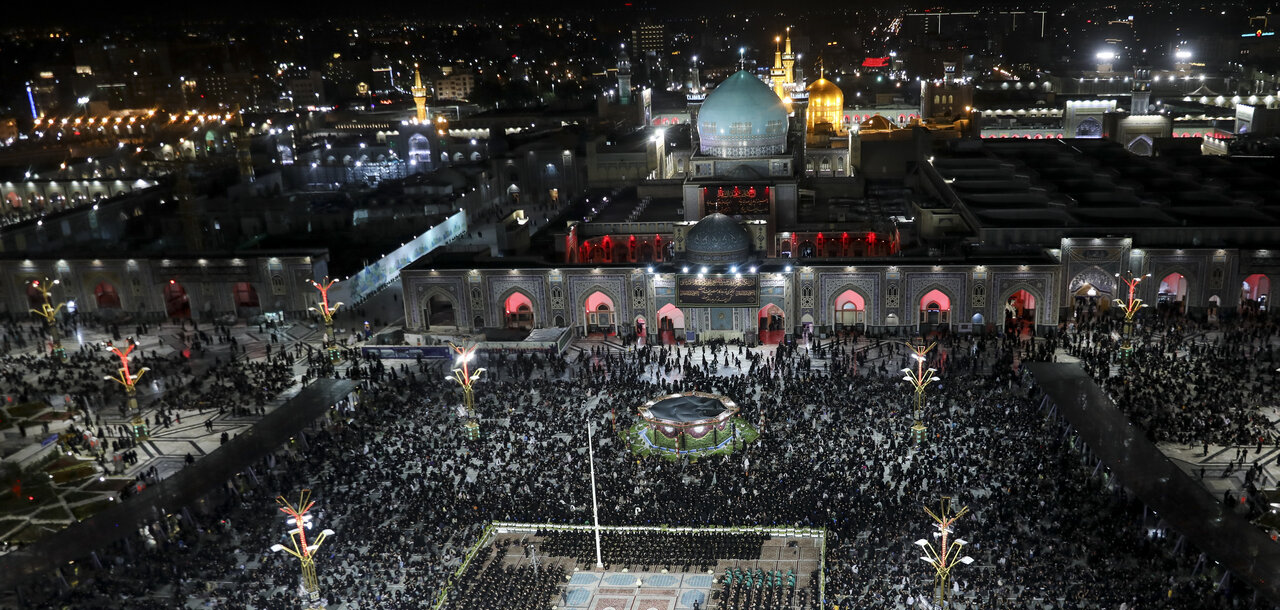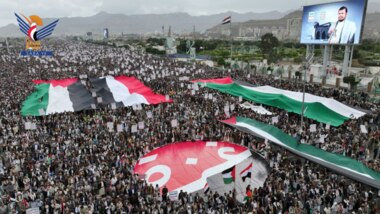Alwaght- At a time the Israeli regime is pushing to force 2.3 million Palestinians out of Gaza to Sinai Desert of Egypt to provide new settlements and lands to the settlers, it is at home facing an existential threat as the reverse migration of the Jews from occupied territories gains pace.
Cases of reverse migration from the occupied territories amid intensifying discontentment with Prime Minister Benjamin Netanyahu and his hardline cabinet while there is no clear outlook for end of war in Gaza are rising.
In this regard, Israeli media reported that following the Operation Al-Aqsa Storm on October 7, 2023, 1 million Israelis fled from occupied Palestine and returned to their home countries, especially Europe and the US.
Previously, the results of the survey by the Israeli CJI center showed that 29 percent of the Israelis living in the occupied territories are thinking of fleeing from Palestine, and 71 percent of them are not optimistic about their life situation in the coming months. According to the results of this survey, 50 percent of the Israelis took damage from Hamas operation or know people around them having taken damage.
Furthermore, 55 percent of the Israelis who participated in this survey also declared that they demonstrated in solidarity with the Israeli prisoners and for their release. This survey showed that 84 percent of Israelis are not satisfied with Tel Aviv's diplomacy, and 69 percent consider opposition to Israelis around the world to be as dangerous as military threats.
On the other hand, the tourism offices of the Israeli regime also announced that thousands of other Israelis are leaving occupied Palestine for fear of war with Lebanese Hezbollah. According to the announcement of these offices, all the empty reservation capacities for traveling outside occupied Palestine are filled and new registrations are closed.
The reverse migration grows while Netanyahu's radical government has suffered heavy defeats against the resistance groups in Palestine and the region in the last ten months and has not been able to guarantee the security of the settlers.
Even with the recent adventures in the assassination of resistance commanders, the Israelis have been living in fear and anxiety for several weeks now due to the fear of attacks by Iran and Hezbollah, and this problem has disrupted their daily lives. The landing of resistance missiles is the nightmare of the settlers who have to spend half their lives in shelters.
The Israelis had migrated to the occupied territories in the hope of security and a better life, but now they are facing a wave of insecurity and political instability that makes stay in the occupied territories costly and unworthy.
Economy on shaky ground
Certainly, the fleeing of 1 million settlers from the occupied territories is considered a large figure given the Israeli population of 7 million and can have a negative impact on this regime in various economic and social areas.
Reverse migration affects two main sectors in Israel, the first being the lack of labor force in the economic sector and the second being the military sector.
The Gaza war deprived the Israeli regime of using Palestinian labor force in the West Bank and the Gaza Strip, and the reverse migration crisis has intensified the need for labor force in various industrial, agricultural, and service activities.
Mobilization of hundreds of thousands of reserve forces for the war in Gaza will put severe pressure on various economic sectors, and the longer the war lasts, the more extensive the costs will be. In such a situation where the reserve forces are banned from economic activities, the migration of one million Israelis will put an additional burden on the shoulders of this regime and the lack of labor force will lead to the closure of part of the economic activities.
Amid shortage of labor force, Israel resorted to importing workers from India, Sri Lanka, and China.
As a result, reverse migration will lead Israel to rely on foreign labor force, so, foreign currency will continue to exit Israel at a higher rate.
On the other hand, the fleeing of migrants will accelerate capital outflow from Israel. In the past two years that the hardliners assumed the power in Tel Aviv, foreign investors have withdrawn more than $80 billion of their capital from the occupied territories, and with the continuation of insecurity, more capital will flee than before, and the Israeli economy, which needs funds amid staggering costs of the war, will bear the brunt.
The war in Gaza has, indeed, imposed back-breaking costs on the Israelis, and according to statistics, this war has cost the Israelis more than $100 billion, and the continuation of this situation will further aggravate the economic problems. Last week, Fictch Ratings downgraded the Israeli credit rating on Monday, citing worsening geopolitical risks of war.
Weakened military power
The effects of reverse migration in the military sector have brought forth far more dangerous risks to Israel. Although this phenomenon is not new, its intensity has increased due to the Gaza war. Even apart from the reverse migration issue, the regime is facing serious challenges in providing military forces for the Gaza war. On the one hand, the leftist movements reject this war, and on the other hand, Haredi youths refuse to go to the battlefield. Even the Israeli chief rabbi a few months ago, in response to the army's plan to recruit Haredis, threatened that if this plan is implemented, they will leave the occupied territories en masse.
Historical experience says that just as the victory of the Israelis in the 1967 war increased the migration process to the occupied territories, the defeat in the wars, such as the October 1973 war, has accelerated the reverse migration process.
According to Israeli author Amos Oz in his book In the Land of Israel, "for immigration to Israel to increase, there must be a major event that unites the Jews, either a military victory such as the victory in 1967, or a major happening for the Jews of the Diaspora."
But at present, the Israeli regime has suffered two defeats in Gaza., the first one is the strategic defeat because of the barbarous massacare of the children, women, and journalists that has stirred waves of global outrage. The second one is the tactical defeat because of the resistance forces' daily attacks on the Israeli forces and army facilities. In 1967, Gaza occupation took only several hours, but now after 10 months, the armed-to-the-teeth Israeli army not only has failed to make considerable gains against the Palestinian groups, but also incurred heavy casualties.
Therefore, these two big defeats have catalyzed faster reverse migration, sending the Israeli existence pillars shakier than before. Pointing to the unfavorable governance conditions and the infighting among Israeli officials, the political observers admit that if this regime continues to move in this direction, it will not have a future and should expect collapse and higher rate of reverse migration.



























